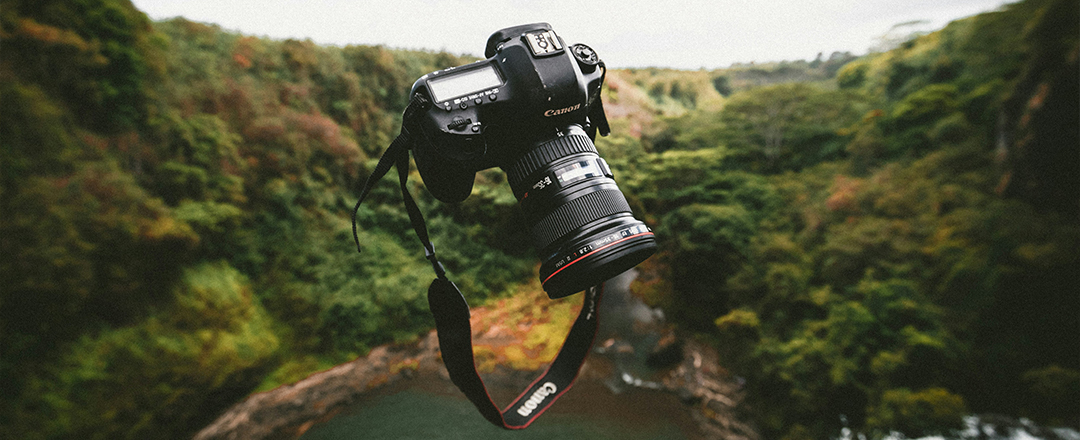
Top 10 Most Photogenic British Wildlife and How to Photograph Them
The UK’s diverse habitats make it home to some of the most captivating wildlife in Europe. At We Are Wandering, we believe that exploring nature with a camera in hand can deepen your connection to the outdoors. Here’s our list of the top 10 most photogenic British wildlife species, complete with tips to help you capture their beauty while respecting their environment.
1. Red Fox
With its vivid orange fur and sly demeanor, the red fox is a photographer’s dream.
- Tip: Photograph during golden hours (dawn and dusk) for warm, dramatic light. Use a telephoto lens to keep a safe distance and avoid disturbing them.
- Pro Insight: Look for foxes in urban parks, where they’re surprisingly tolerant of human presence.
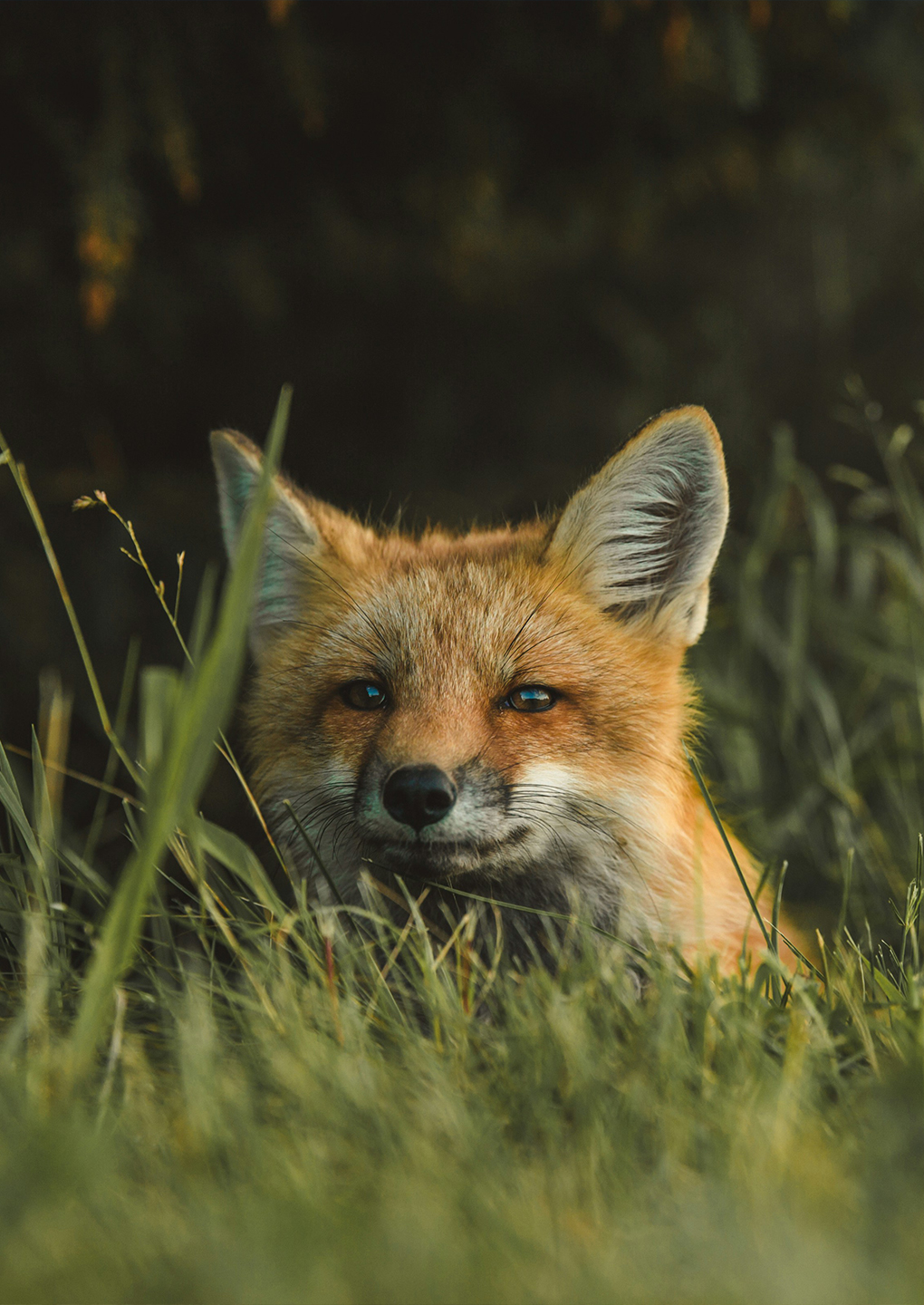
2. European Robin
A garden favourite, robins are charismatic with their bright red breasts.
- Tip: Use a fast shutter speed to freeze their quick movements. Position feeders to encourage them to perch in natural settings.
- Pro Insight: For sharp, detailed portraits, focus on their eye.
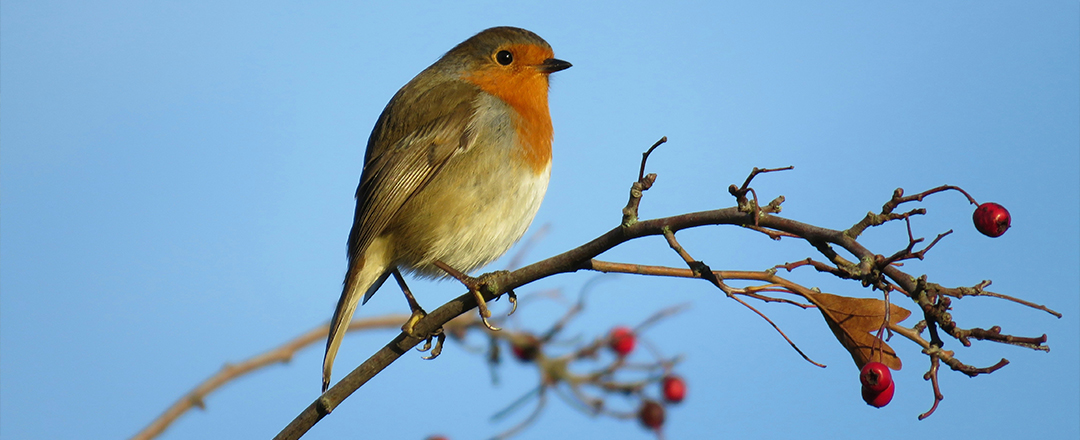
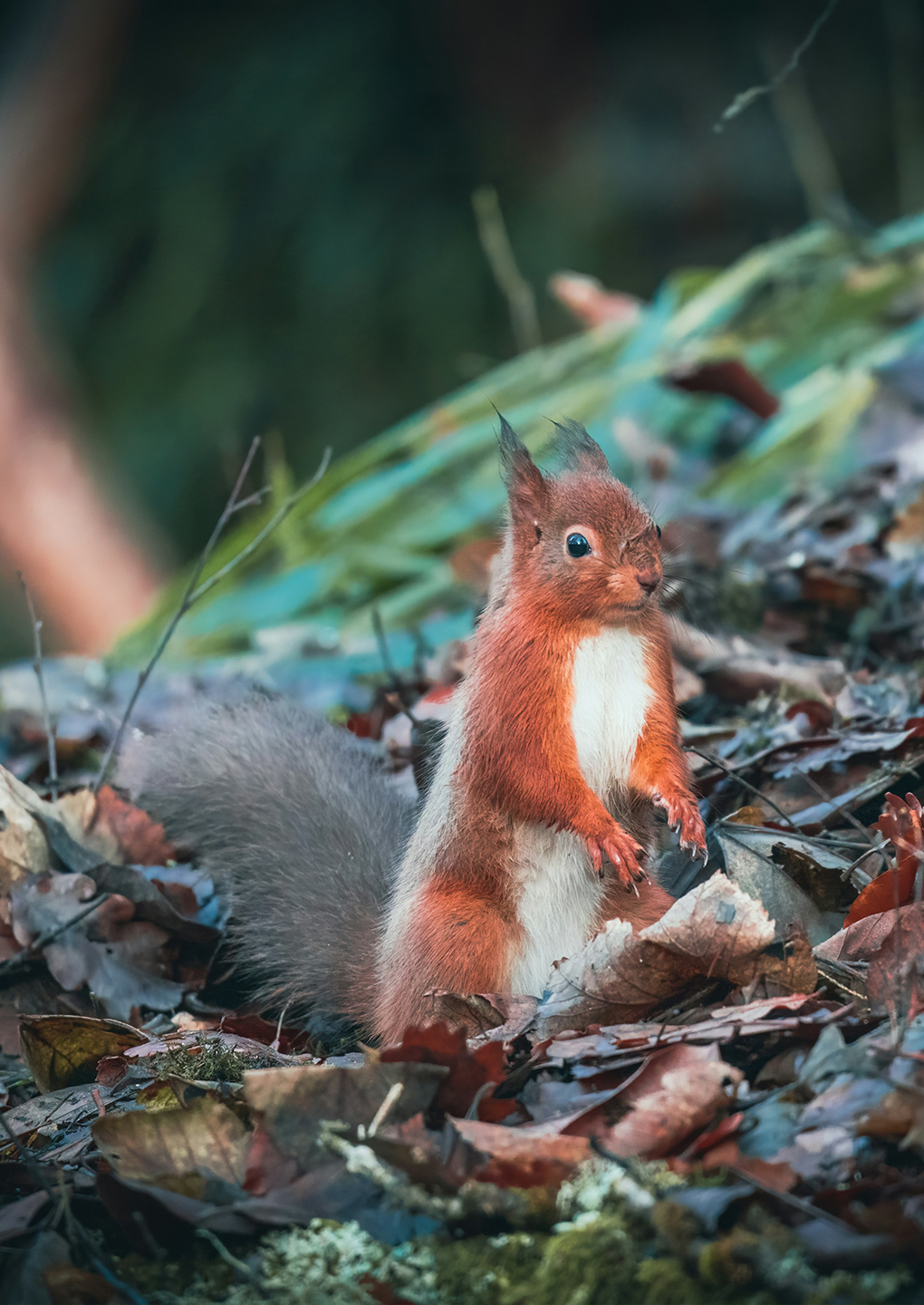
3. Red Squirrel
Their tufted ears and warm chestnut coats make red squirrels a rare and beautiful subject.
- Tip: Visit conservation areas like the Cairngorms in Scotland. Use a tripod for steady shots and a fast shutter speed to capture their quick movements.
- Pro Insight: Morning light works best, especially during their feeding times.
4. Barn Owl
Barn owls’ heart-shaped faces and silent flight give them an ethereal quality.
- Tip: Use a long lens to photograph them hunting at dusk. Stabilise your camera with a tripod to handle low light conditions.
- Pro Insight: Listen for their haunting calls to locate them in the wild.
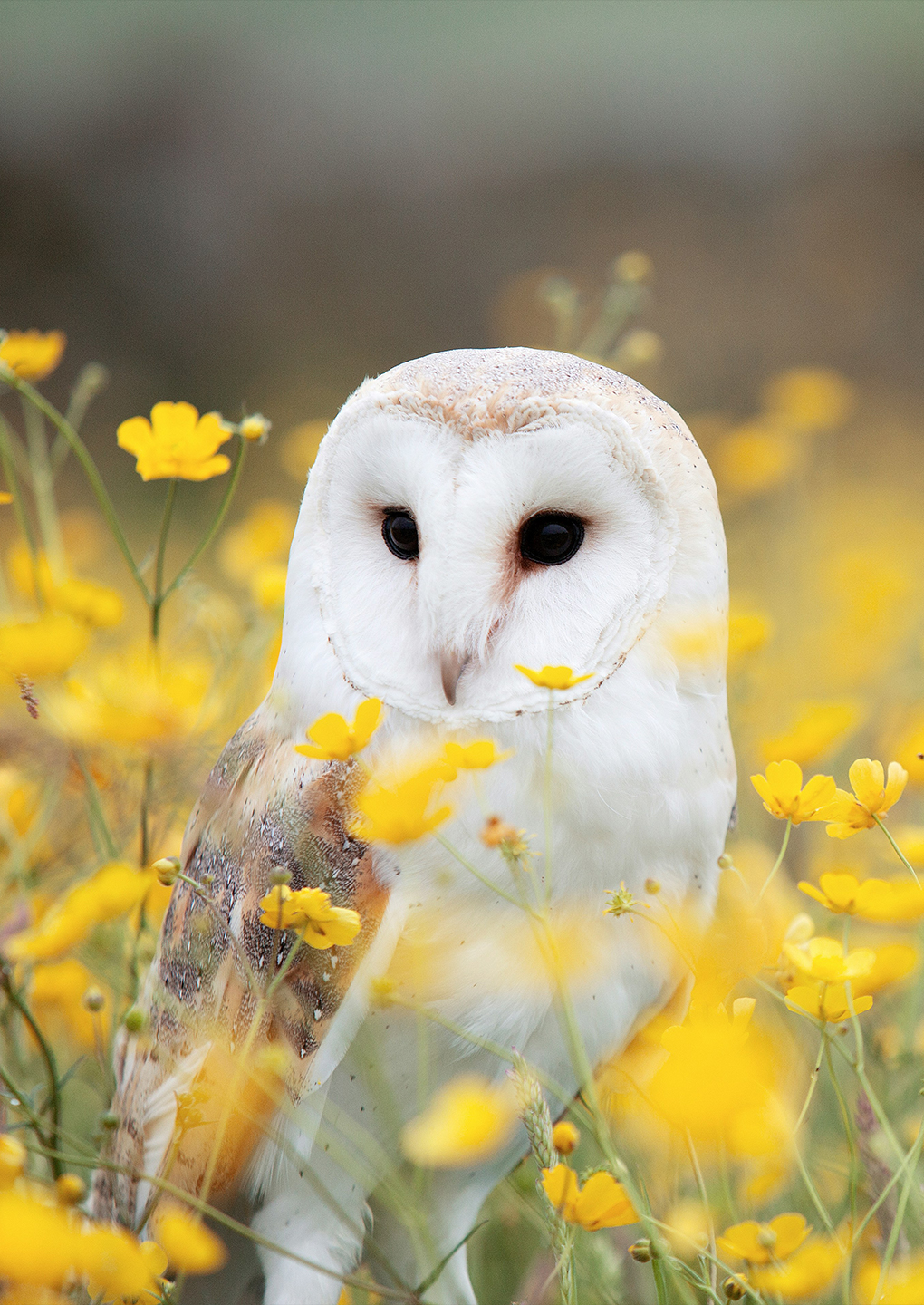
5. European Hedgehog
Their spiky coats and curious faces make hedgehogs a charming subject.
- Tip: Photograph them at ground level to capture their perspective. Use a soft light source, such as a diffused flashlight, for nocturnal shots.
- Pro Insight: Leave out water or cat food in your garden to encourage visits.
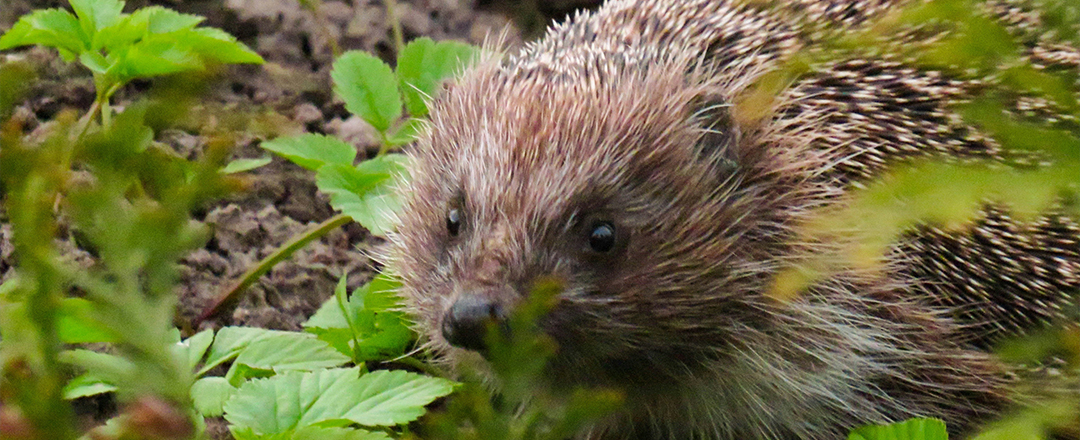
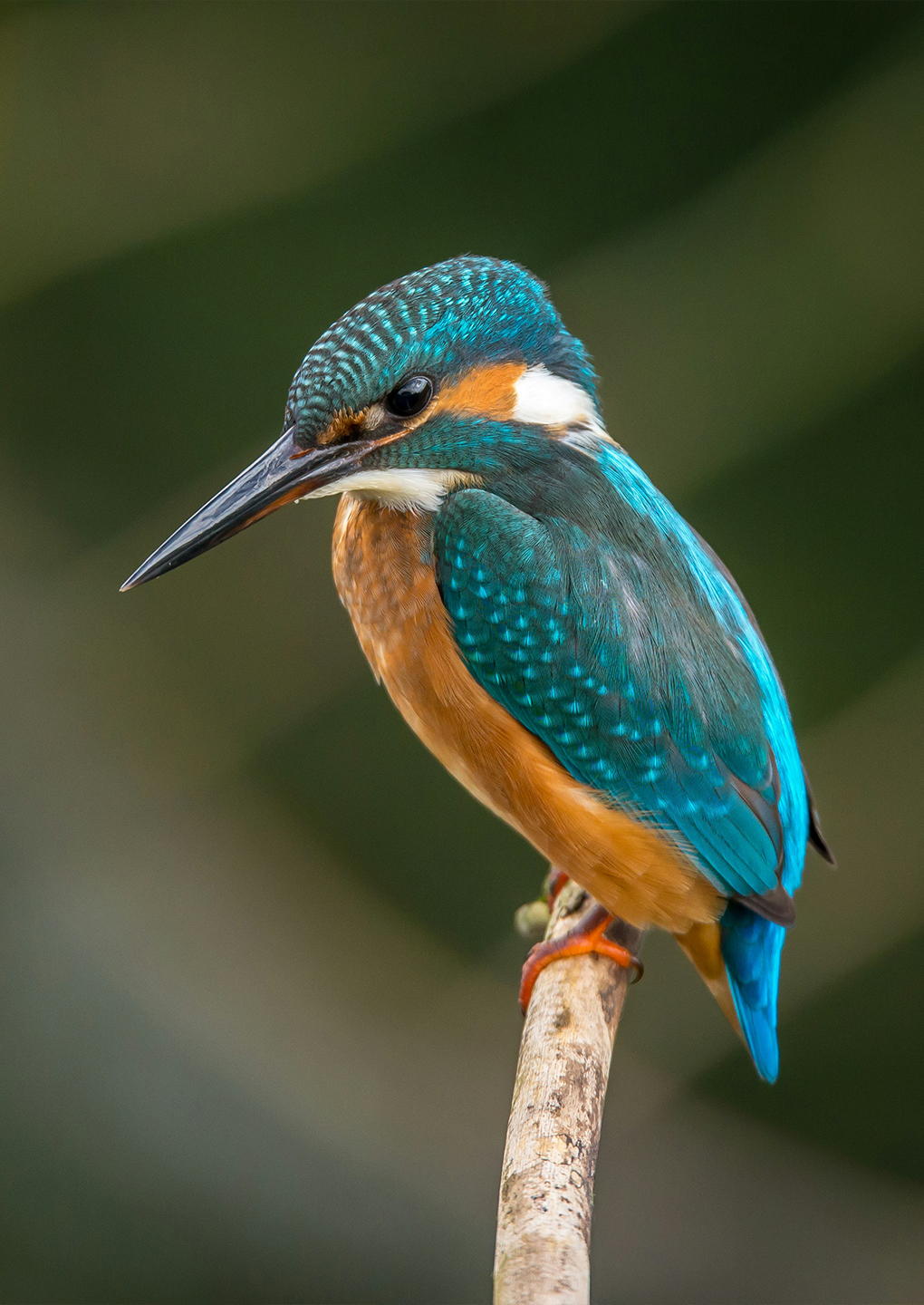
6. Kingfisher
Kingfishers’ electric blue feathers are stunning against a natural backdrop.
- Tip: Use a fast shutter speed to capture them diving for fish. Scout rivers and ponds with overhanging branches for perching spots.
- Pro Insight: Patience is key—wait quietly near their hunting grounds.
7. Highland Cow
With shaggy coats and sweeping horns, these iconic cattle are striking against the Scottish landscape.
- Tip: Use a wide-angle lens to incorporate the dramatic backdrop. Shoot at sunrise or sunset for warm light on their coats.
- Pro Insight: Always maintain a respectful distance; they’re gentle but large animals.
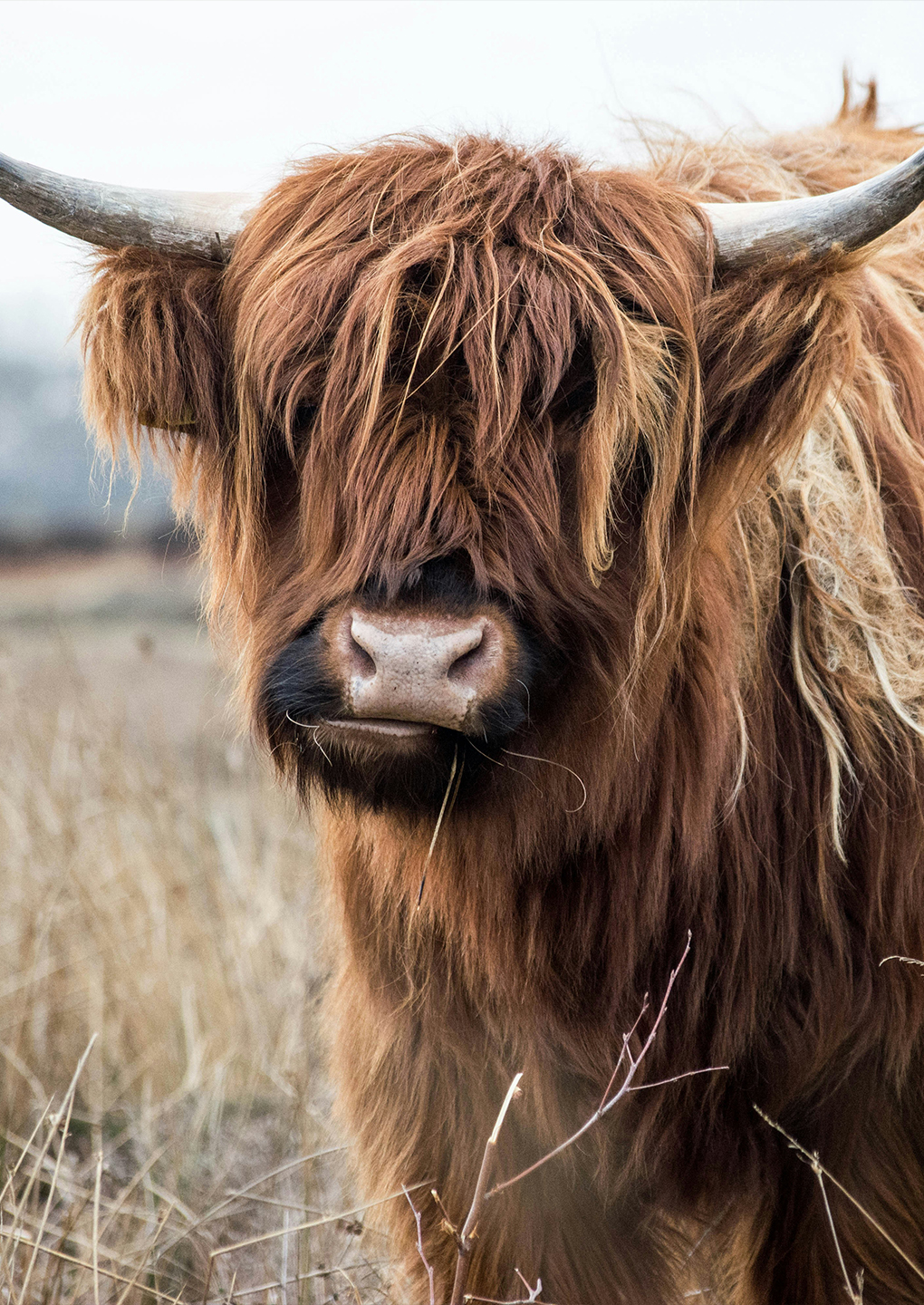
8. Atlantic Puffin
These colourful seabirds are a joy to photograph, especially during breeding season.
- Tip: Visit nesting sites like the Farne Islands between April and July. Use a telephoto lens to frame their distinctive orange beaks.
- Pro Insight: Overcast days reduce harsh shadows, highlighting their vibrant colours.
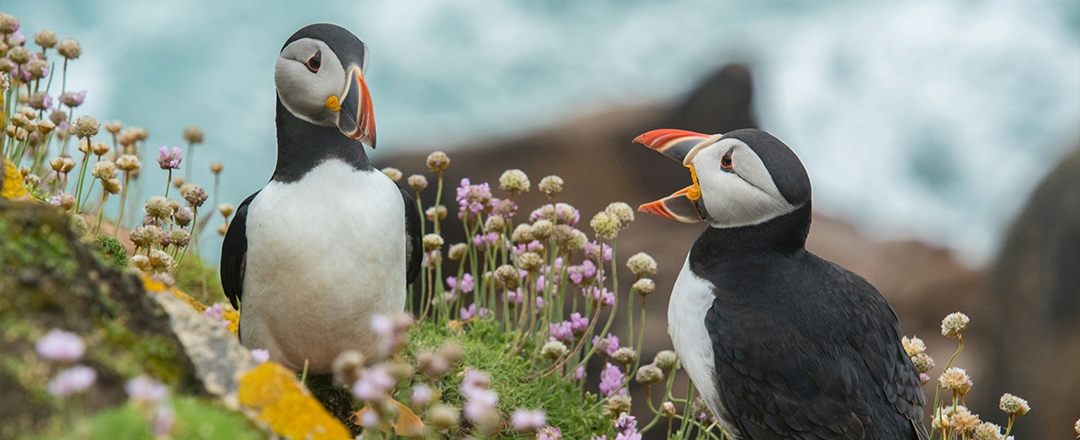
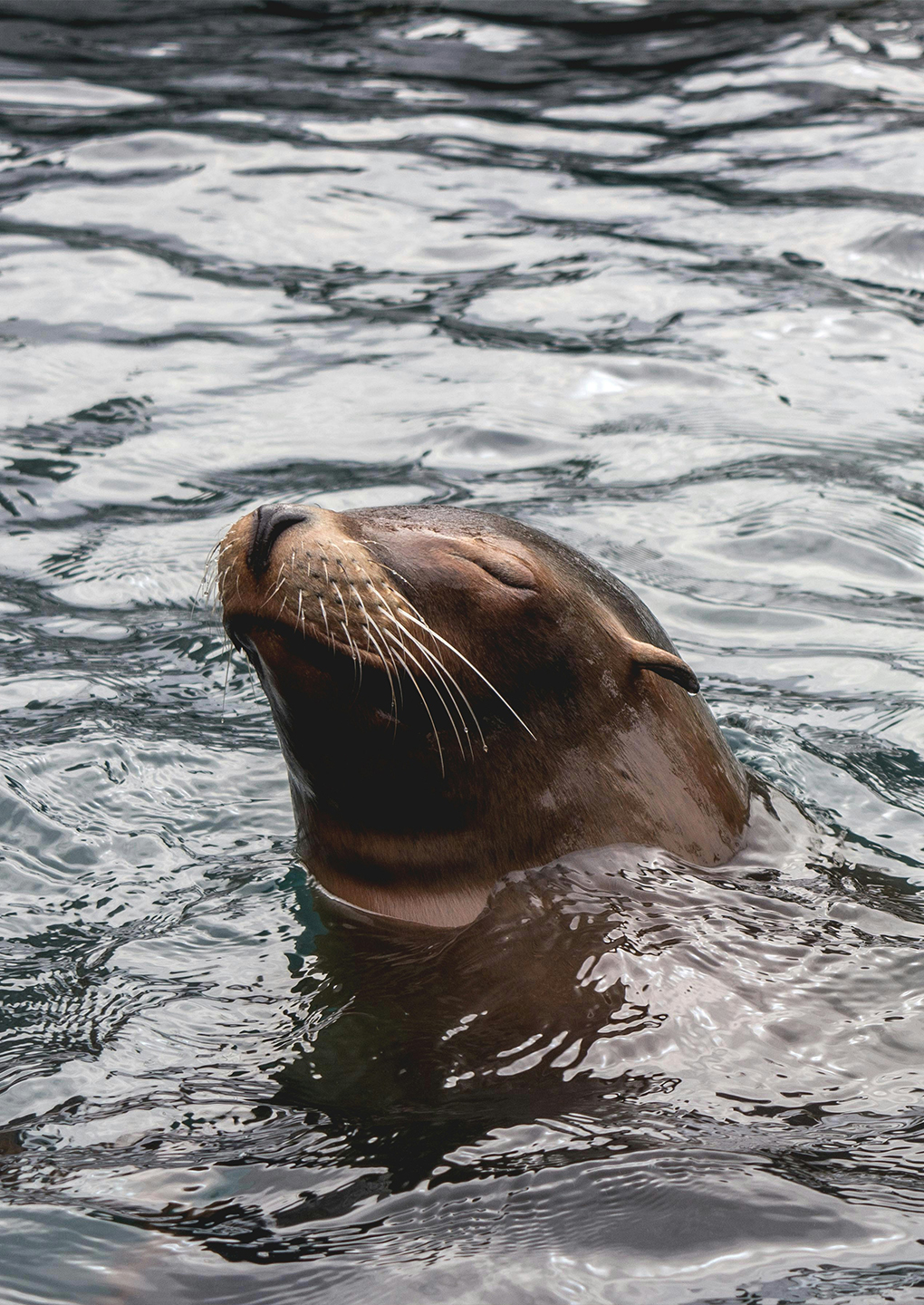
9. Common Seal
With their soulful eyes and playful nature, common seals are a joy to photograph along the British coast.
- Tips: Visit coastal reserves like Blakeney Point. Use a zoom lens to capture their expressions without disturbing them.
- Pro Tip: Low tide often reveals seals basking on sandbanks, making for excellent composition opportunities.
10. Deer
From majestic red deer to delicate fallow deer, these creatures embody grace and strength.
- Tip: Capture red deer in the rutting season (October–November) for powerful, action-packed shots. Use a telephoto lens to observe from afar.
- Pro Insight: Misty mornings in places like Richmond Park offer ethereal compositions.
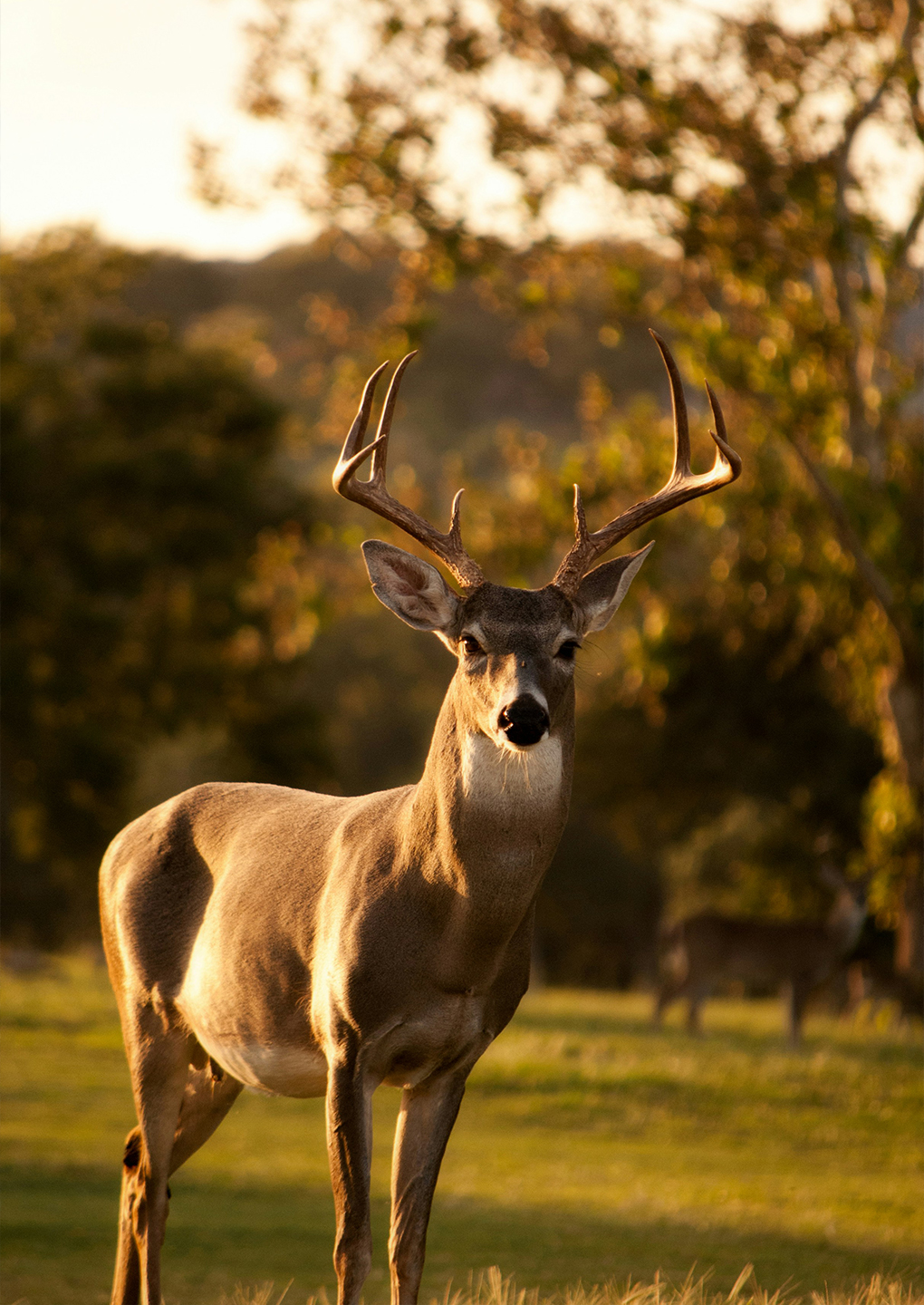
General Wildlife Photography Tips
- Respect Nature: Always prioritise the welfare of the animal and its habitat. Avoid disturbing wildlife or trampling sensitive areas.
- Light Matters: The golden hours (early morning and late afternoon) provide soft, natural light for your shots.
- Gear Up: A DSLR or mirrorless camera with a telephoto lens is ideal for wildlife photography. Bring a tripod for stability in low light.
- Be Patient: Wildlife photography often requires waiting quietly for the perfect moment. Bring a thermos and a comfortable seat!
